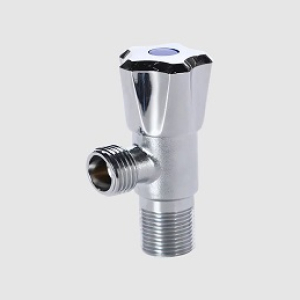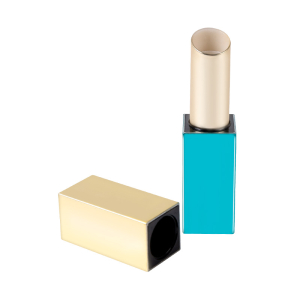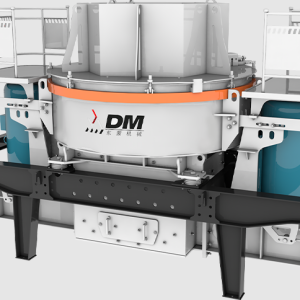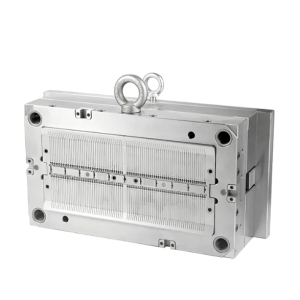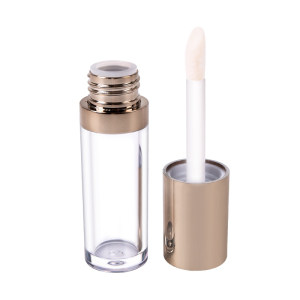A float switch is a crucial component in fluid systems, utilized to monitor and control the level of liquids. Its functionality relies on a simple yet effective principle: as the liquid level rises or falls, the float attached to the switch moves correspondingly, triggering the switch to open or close, thus initiating or halting specific processes within the system.
In industrial settings, float switches find a myriad of applications due to their versatility and reliability. They are extensively used in tanks and reservoirs to regulate liquid levels, preventing overflow or depletion. In wastewater treatment plants, float switches play a vital role in controlling pumps, ensuring optimal fluid levels for treatment processes. Similarly, in industrial boilers, float switches are employed to maintain water levels, preventing damage to the boiler and ensuring uninterrupted operations.
Different types of float switches vary in their design and functionality, catering to diverse industrial requirements. Vertical float switches feature a float that moves up and down along a vertical rod, activating the switch as it reaches preset levels. Horizontal float switches, on the other hand, utilize a float attached to a pivoting arm, triggering the switch when the liquid level shifts. Additionally, there are electronic float switches equipped with sensors that detect changes in capacitance or conductivity, offering precise level measurement and control.
Moreover, float switches can be classified based on their construction materials, with options ranging from stainless steel for corrosive environments to plastic for general-purpose applications. Some float switches are designed to withstand high temperatures or pressure, making them suitable for demanding industrial conditions. Furthermore, float switches may incorporate features such as adjustable sensitivity and built-in alarms for enhanced functionality and safety.
In conclusion, float switches serve as indispensable components in industrial fluid systems, facilitating precise level monitoring and control. Their versatility, reliability, and various design options make them suitable for a wide range of applications, from wastewater treatment plants to manufacturing facilities. By understanding the principles of float switch operation and the diverse options available, industries can optimize their fluid processes, ensuring efficiency and safety.


